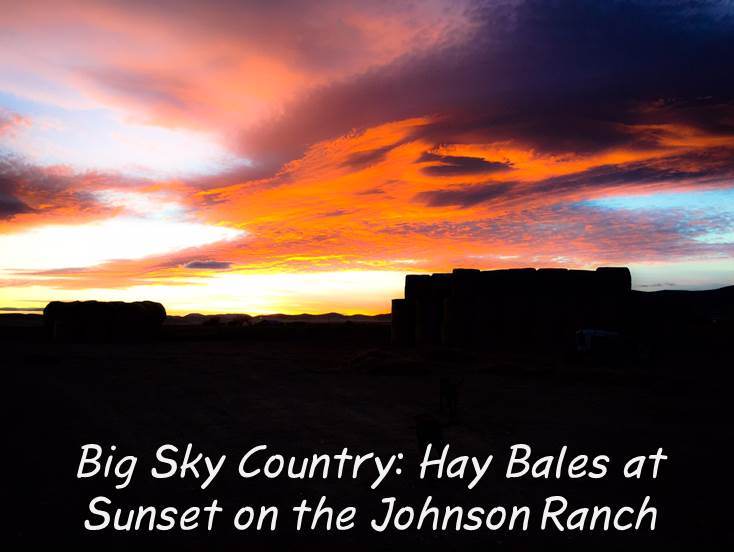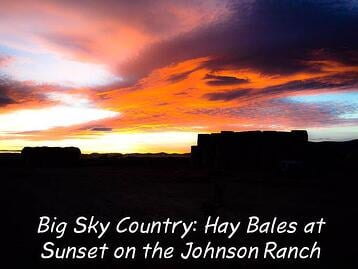 There is an old adage, "You can do {this or that} until the cows come home!" The saying is of Scottish origin, alluding to the fact that when the cows in the highlands were put out to pasture, they would stay there until the grass ran out and they needed more food – presumably a long time, as grass was plentiful. On the Johnson Ranch this saying takes a literal meaning. While we spent a long summer planting, farming and harvesting our crops, the cows were eating and grazing in green pastures—but fall is here now and the cows have finally come home.
There is an old adage, "You can do {this or that} until the cows come home!" The saying is of Scottish origin, alluding to the fact that when the cows in the highlands were put out to pasture, they would stay there until the grass ran out and they needed more food – presumably a long time, as grass was plentiful. On the Johnson Ranch this saying takes a literal meaning. While we spent a long summer planting, farming and harvesting our crops, the cows were eating and grazing in green pastures—but fall is here now and the cows have finally come home.
Like many grain and alfalfa growers in Montana and the West, we combine our grain farming operations with cattle operations to maximize our return from the land and make our farm as sustainable as possible. Grain growing and cattle ranching are very complimentary practices because the operations can be timed to accommodate major farming benchmarks in the spring, summer and early fall, and major cattle ranching benchmarks in the late fall, winter and early spring.
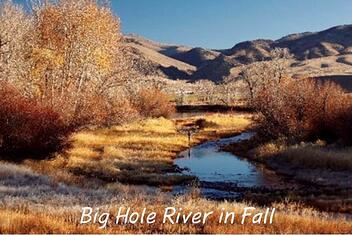 On the Johnson Ranch, we grow grass-fed beef. In big, western states like Montana, cattle producers have more access to land, both public and private, than do producers in other more densely populated regions of the country. While the soil quality of much of this land may not be suitable to sustain grain crops, it is often an excellent source of wild grass. Grasslands are amazing ecosystems, and grazing cattle on the grass that grows naturally on these lands is a sustainable practice both for the lands and the ranchers (when executed appropriately). Grass is a suitable replacement for grain feed, and is viewed by many to contribute to leaner, healthier meat.
On the Johnson Ranch, we grow grass-fed beef. In big, western states like Montana, cattle producers have more access to land, both public and private, than do producers in other more densely populated regions of the country. While the soil quality of much of this land may not be suitable to sustain grain crops, it is often an excellent source of wild grass. Grasslands are amazing ecosystems, and grazing cattle on the grass that grows naturally on these lands is a sustainable practice both for the lands and the ranchers (when executed appropriately). Grass is a suitable replacement for grain feed, and is viewed by many to contribute to leaner, healthier meat.
During the late spring when the major focus on the ranch is getting the crops planted, we move our cattle to pasture on grasslands that line the banks of the iconic Big Hole River. Our cattle stay on the pasture from early spring until late fall, when the grasses begin to go dormant for the season and don’t regenerate enough to sustain the herd. We brought our cows back from the pasture this year around October 15th. 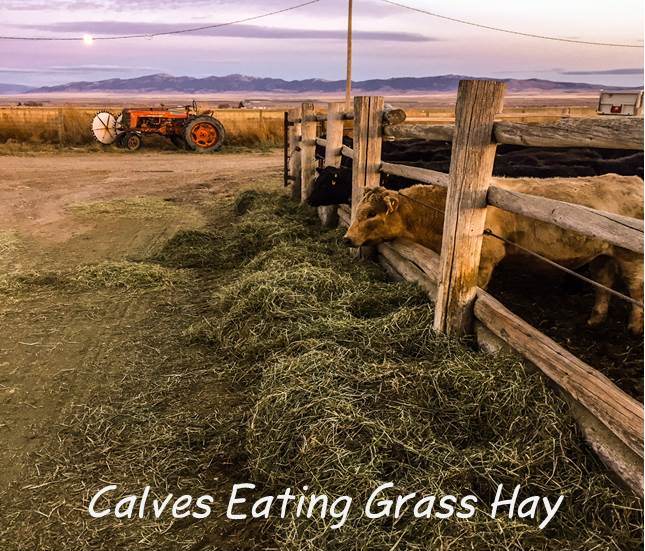 Once the cows are back at the ranch, they demand lots of attention. The first thing we do is examine each individual animal to see if they have sustained any injuries while they were out to pasture. We check the cows throughout the summer, but we check them again once they’ve returned to the ranch in case we’ve missed any cuts, scrapes, abnormalities or signs of disease. For family farm operations, compassionate care of our animals is priority number one. It’s a matter of economics – when it’s time to sell off the herd, a rancher receives a higher premium for a healthy animal than a sick or injured one. But, it’s also personal – ranchers really do know their animals individually. My mother-in-law will bottle-feed sick or compromised calves after they are born; the bond she forms with them is lasting and treating the animal with anything less than compassion is unthinkable.
Once the cows are back at the ranch, they demand lots of attention. The first thing we do is examine each individual animal to see if they have sustained any injuries while they were out to pasture. We check the cows throughout the summer, but we check them again once they’ve returned to the ranch in case we’ve missed any cuts, scrapes, abnormalities or signs of disease. For family farm operations, compassionate care of our animals is priority number one. It’s a matter of economics – when it’s time to sell off the herd, a rancher receives a higher premium for a healthy animal than a sick or injured one. But, it’s also personal – ranchers really do know their animals individually. My mother-in-law will bottle-feed sick or compromised calves after they are born; the bond she forms with them is lasting and treating the animal with anything less than compassion is unthinkable. 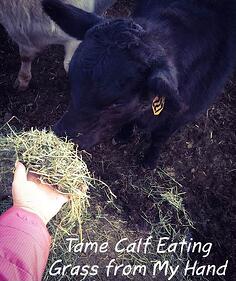 After we ensure the herd is healthy, we begin to wean the cows from the calves. Weaning is the process of separating calves from mother cows. While the herd was out to pasture, the calves continued to suckle. When they return to the ranch, they must be weaned so we can appropriately manage our herd. It is generally viewed as most humane to wean calves at an older age and we wait until the calves are about 7 – 8 months old before weaning. We separate the cows and the calves into two separate paddocks where they continue to feed on grass and alfalfa. Over the long winter, the calves will continue to grow and we will feed them the hay we put up over the summer when they can no longer graze on snow covered fields. Eventually, we will decide which animals to sell and which ones to keep in order to maintain and grow our herd.
After we ensure the herd is healthy, we begin to wean the cows from the calves. Weaning is the process of separating calves from mother cows. While the herd was out to pasture, the calves continued to suckle. When they return to the ranch, they must be weaned so we can appropriately manage our herd. It is generally viewed as most humane to wean calves at an older age and we wait until the calves are about 7 – 8 months old before weaning. We separate the cows and the calves into two separate paddocks where they continue to feed on grass and alfalfa. Over the long winter, the calves will continue to grow and we will feed them the hay we put up over the summer when they can no longer graze on snow covered fields. Eventually, we will decide which animals to sell and which ones to keep in order to maintain and grow our herd.
Once the cows have settled from the stresses of weaning, we will have a veterinarian come to the ranch and pregnancy check the herd. The vet uses an ultrasound to see if each individual cow is or is not pregnant. While doing this, he also observes and treats any maladies and administers the federally required brucellosis vaccination. Brucellosis is a highly contagious disease that can be transmittable from cows to humans and any animal that will be transported across state lines at any point is required to be vaccinated for it by a veterinary professional. 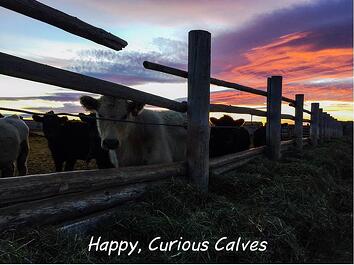 Once the animals are weaned, vaccinated and pregnancy checked they will spend the winter on the ranch gaining weight and being closely monitored through their pregnancies. Cows will graze on the stubble left in wheat, barley and alfalfa fields, and my father-in-law will feed the cows twice daily with the alfalfa we grew this past summer. We will use the straw from the wheat and barley we produced for bedding and shelter for the animals throughout the winter. Raising cattle truly is a complimentary practice to growing grain in Montana and is something many farmers and ranchers in this area do.
Once the animals are weaned, vaccinated and pregnancy checked they will spend the winter on the ranch gaining weight and being closely monitored through their pregnancies. Cows will graze on the stubble left in wheat, barley and alfalfa fields, and my father-in-law will feed the cows twice daily with the alfalfa we grew this past summer. We will use the straw from the wheat and barley we produced for bedding and shelter for the animals throughout the winter. Raising cattle truly is a complimentary practice to growing grain in Montana and is something many farmers and ranchers in this area do.
There are varying theories and practices on raising cattle throughout regions of the country, and even from neighbor to neighbor. Some people breed their cattle to have their calves in the fall; some, like us, breed for spring calving. We do this because it works well with the timing of our 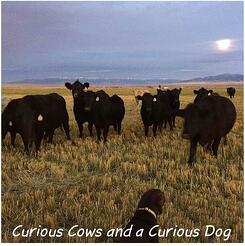 farming operation and we believe it leads to a heartier, stronger herd to weather the wiles of a Montana winter. Our pregnant cows will be monitored throughout winter, and the next major benchmark in our operation will be calving in February.
farming operation and we believe it leads to a heartier, stronger herd to weather the wiles of a Montana winter. Our pregnant cows will be monitored throughout winter, and the next major benchmark in our operation will be calving in February.
Although it’s busy all year, from late fall to early spring my in-laws are truly tied to the ranch as they must ensure someone can feed the herd twice daily anytime they leave town. It’s another example of how Montana grain farming and ranching is truly a lifestyle and not just a job. The cows have come home and so we must stay home, too.
Next time I post, these lovely ladies will hopefully have little ones by their sides!
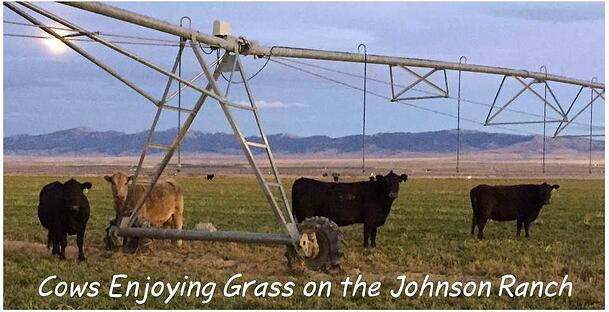
Read more about whole grain-growing Montana farms here.
Is all this talk of cold weather farming making you a bit chilly?
Warm yourself up with these seasonal recipes:
…and they all pair well with our wholesome, handmade breads!
